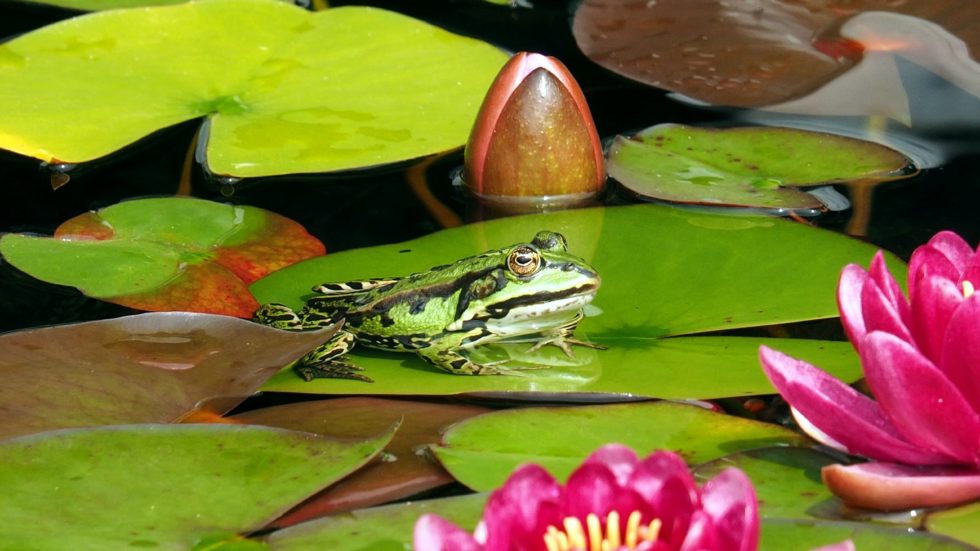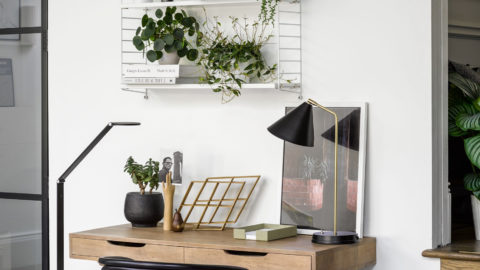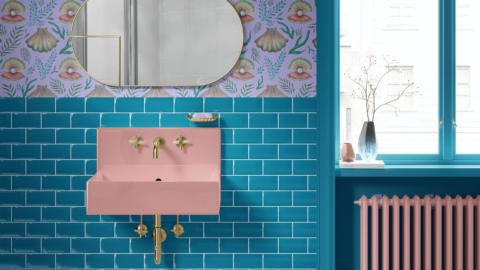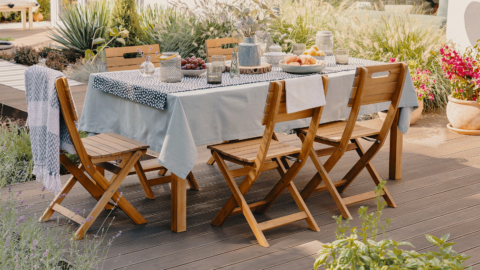Watery Delight – The Dos & Don’ts of Building a Pond

By Pippa Greenwood
A pond is a great long-term addition to a garden but it’s worth doing a bit of planning before you grab a shovel and start digging!
Where to put a pond?
Avoid anywhere close to or beneath deciduous trees, as their leaves will clog up a pond and cause methane gas to be released as they rot, which can be lethal to fish and pond wildlife if the surface freezes over in the winter. You should, however, avoid an extremely sunny, hot spot as too much sun will increase the likelihood of problems with pond algae.
Try to avoid sloping sites as the water will always need to sit on the level, which could mean a lot of hard work shifting garden soil to create it.
How to choose a liner
There are three main types of pond liner: a pre-formed rigid liner (generally mid-price – the disadvantage is that you can’t choose exactly the shape you want); plastic that you buy by the metre (generally the cheapest option, but it may only last three or four years); and butyl (the most costly option but it lasts around 30 years, and you can create exactly the size and shape you require).
What shape?
Rather than making an intricate design for your pond, with lots of changes in level and a complex outline, create a simple shape as this will use less butyl liner and less underlay (the most expensive part of creating a pond) and will be easier to install properly.
Even the better quality butyl liners and good quality rigid liners should have an ‘underlay’ between them and the soil, as this dramatically reduces the risk of the liner being damaged and the pond leaking. You can buy suitable material for flexible liners or use old carpet underlay, while plenty of sand works well for rigid types of liner.
What size?
A larger pond is generally easier to maintain as smaller volumes of water are more likely to develop problems such as turning bright green with algae in the summer. The pond should be at least 45cm (18in) deep to minimise algae and to maximise the range of plants you can grow.
Adjust the pond levels at the edges before laying edging material – this is especially important if you’re using a rigid liner. Edges must fit snugly in the hole as gaps increase the chances of damage – pack dry sand or garden soil down into any gaps.
Large, rounded stones at the edge of the pond help animals to climb out and help to hide the uppermost and outermost edges of the liner, plus reduce the amount of soil entering the pond by mistake.
Whatever the shape of the pond, remember to have a gently sloping beach at one edge to allow hedgehogs, birds and other non-aquatic creatures to drink and bathe, and get out easily if they fall in.
Don’t just make the vertical sides of the pond totally flat and smooth – build in some ‘shelves’, each wide enough to hold pots or pond baskets so that you can plant aquatics and marginals (bog-loving plants) that need shallower water.
A pond should be filled with rainwater, but if mains water is all that is available in sufficient quantity, then you will need to allow it to stand for a week or so before adding plants or fish. This allows additives from the mains water to be reduced.
What to plant?
Always buy pond and marginal plants from a good supplier, choose those that look really healthy, and make sure that the plants you go for are hardy and so able to withstand the low temperatures of winter without special protection. The label should also tell you the depth of water they require and just how big they’ll grow.
Make it safe
Make sure that you explain the potential dangers to children – if they don’t know they cannot be expected to do the right thing. If you think they might be too small to understand, why not wait a year or more before you create your pond?
Always ensure that you create the pond so that it is easy to get out of should someone or something fall in – avoid steep, straight sides and have a graduated exit.
Consider fitting a strong galvanised metal mesh over the entire surface. Specialist pond suppliers or builder’s merchants should have something suitable. It needs to be strong enough to bear a child’s weight, and have a small enough mesh size for there to be no chance of a small foot going through it. Plastic netting is not enough.
A small fence around the pond complete with lockable gate need not look too unattractive if clothed with climbers or painted an attractive colour, and can easily be removed once children are older.
Visit Pippa’s website here to book Pippa for a gardening talk at your gardening club or as an after-dinner speaker.






